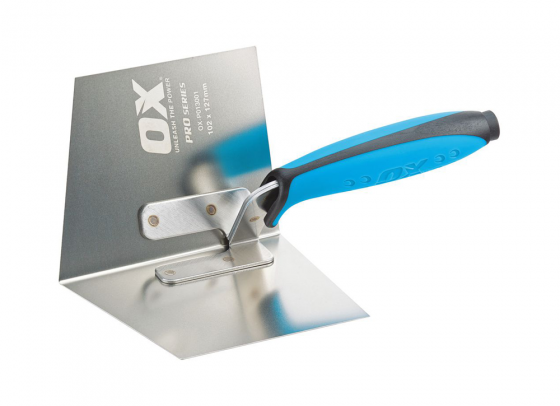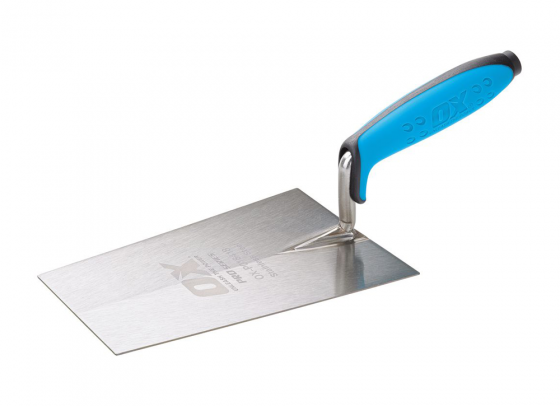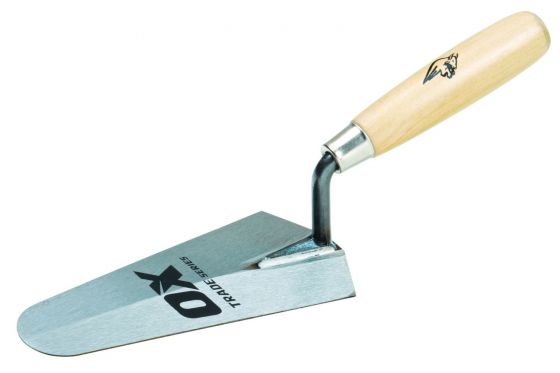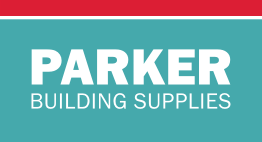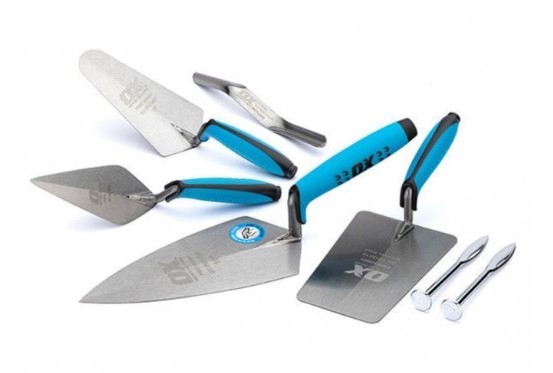
Trowels are the most important tool for bricklaying. They are used for spreading, levelling, and shaping mortar between courses of bricks. Trowels come in a range of shapes and sizes depending on the purpose they are being used for.
Let’s take a look at the most common types of trowels:
- Brick trowel - this is an elongated triangular-shaped carbon steel blade trowel. The pointed end is handy in tighter areas and for tidying up mortar between bricks when spreading, levelling, and shaping concrete
- Pointing trowel - this is a smaller version of a brick trowel. They are used for repair work and to fill and shape mortar joints between bricks. Pointing trowels are ideal for shaping mortar into seams
- Gauging trowel - this has a rounded tip and a v-shaped back. They are used for mixing mortar and applying small amounts
- Bucket trowel – this is a full-size trowel with a cut-off blade, usually used for scooping large amounts of mortar from a bucket
- Tuck pointing trowel - this is a thin-bladed trowel designed for packing mortar between bricks and in difficult-to-reach areas
- Corner trowel - this is a trowel with an angled blade. They are most commonly used in drywall and plaster applications. Typically made from a single piece of flexible steel, they help create smooth, sharp inside and outside corners
- Finishing trowel – this is a rectangular trowel with a straight or shaped handle for ease of use. These are usually made from one of three materials: stainless steel, blue steel, or standard carbon steel. Finishing trowels are for smoothing out mortar and concrete.
